Introduction
Intent data is meaningless. Just a bunch of anonymous clicks and page views devoid of context.
Yet marketers obsess over it, hoping these digital breadcrumbs will somehow lead them to their next big sale.
But the truth is, the path to purchase is far more winding. It starts long before that first site visit, shaped by emotions, relationships, and whispers exchanged behind closed office doors.
So before you get blinded by the allure of intent data, remember you’re only seeing one dimly lit corner of the buyer intent data journey.
This blog will explore how to balance intent data with human connection. How to combine digital breadcrumbs with genuine relationship building.
So, continue reading to know more about the potential of intent data in B2B marketing strategies.
Understanding the Power of Intent Data
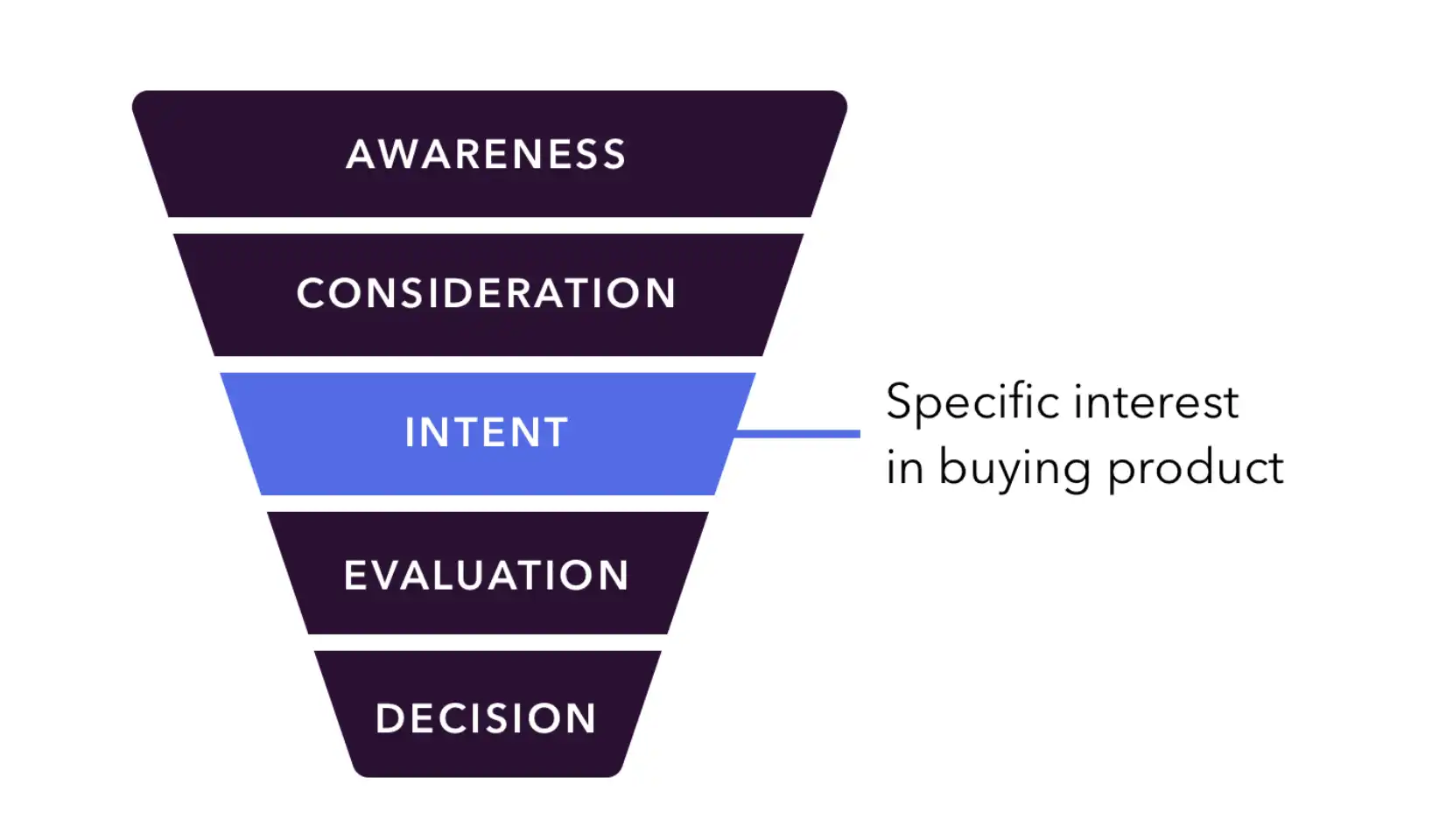
The power of intent data lies in its ability to provide valuable insights into potential buyers' behavior, interests, and needs. Marketers can better understand their target audience and tailor their marketing strategies by analyzing the online activities and signals that indicate purchase intent.
Intent data helps identify active prospects, prioritize outreach efforts, and personalize messaging. It results in more effective lead generation and conversion optimization.
Intent data enables marketers to make data-driven decisions, increase engagement, and drive better results in their B2B marketing efforts. It unlocks the potential to connect with the right audience at the right time, boosting success and driving growth.
How Intent Data Works?
Intent data works by tracking and analyzing individuals' online activities to gain insights into their purchase intent or interest in specific products or services. It focuses on understanding the signals and behaviors that indicate a potential buyer intent data.
These signals include visiting web pages, downloading content, clicking on ads, engaging with social media posts, and conducting specific search queries.
Different Types of Intent Data
There are two main types of intent data:
- First-Party Intent Data: This type of intent data is generated from your website and marketing channels. It includes data from forms, landing page visits, content downloads, email opens, and website analytics. First-party intent data provides insights into the behavior and interests of your known prospects and customers.
- Third-Party Intent Data: Third-party intent data is obtained from external sources or vendors that collect and aggregate data from various online platforms. This data provides insights into the behavior and interests of prospects who have not interacted directly with your company. Third-party intent data helps identify potential new leads by monitoring users' online activities across different websites and platforms.
Sources of Intent Data
Intent data can be collected from various sources, including:
- Website Analytics: Website analytics tools like Google Analytics can provide data on page views, time spent on pages, and user interactions. This data can help identify user intent based on the pages visited and the actions taken.
- CRM and Marketing Automation Platforms: CRM and marketing automation platforms store information on the interactions and engagement of leads and customers. This data can be used to analyze intent and tailor marketing campaigns accordingly.
- Social Media Monitoring: Monitoring social media platforms allows you to gather data on user interactions, content engagement, and discussions about your industry or products. This data can indicate the intent and interests of potential buyers.
- Data Providers: Some third-party data providers specialize in collecting and aggregating intent data from various sources. These providers offer access to a wealth of intent data that can be used for targeted marketing campaigns.
Using Intent Data for Better Buyer Insights
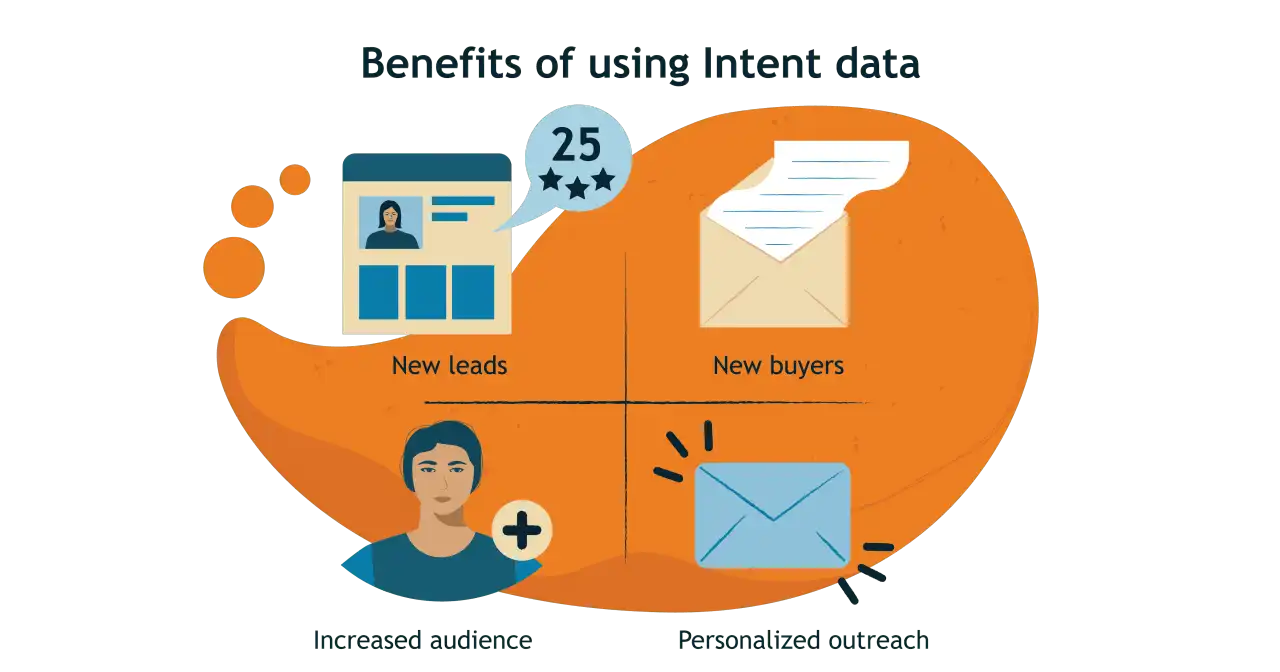
Understanding customer intent and behavior is vital for delivering relevant, impactful marketing. Intent data provides insights into prospect interests, needs, and active research. Marketers can use real-time intent data to identify and engage high-intent individuals at optimal moments.
Intent Data Reveals Buyer Journey and Interests
Intent data tracks online activities to uncover buyer journeys. By analyzing pages visited, content consumed, and search terms used, intent data reveals customer pain points, interests, preferences, and research behavior.
Marketers gain visibility into where prospects are in their buyer intent data journey - from early research to final vendor comparisons. These insights help marketers understand motivations and create targeted messaging for different buyer journey stages.
Real-Time Data Identifies Active Prospects
Real-time intent data is critical for identifying active prospects showing immediate interest. While historical data provides useful analytics, real-time data captures up-to-the-minute prospect actions.
Marketers can instantly see who is actively comparing solutions, downloading content, or searching for keywords. Real-time data enables engaging hot prospects immediately, when they are primed for outreach.
Suggested Reading:
Mastering ABM Strategy for B2B Excellence
Prioritizing High-Intent Leads For Better Conversions
The depth of buyer intent data allows creation of detailed lead-scoring models to identify and prioritize high-intent leads. Leads exhibiting multiple strong intent signals through content engagement, page visits, and searches are more sales-ready.
While low-intent leads require more nurturing, high-intent leads are primed for conversion. Focusing sales resources on high-intent individuals increases conversion rates.
Enhancing Lead Scoring with Intent Data
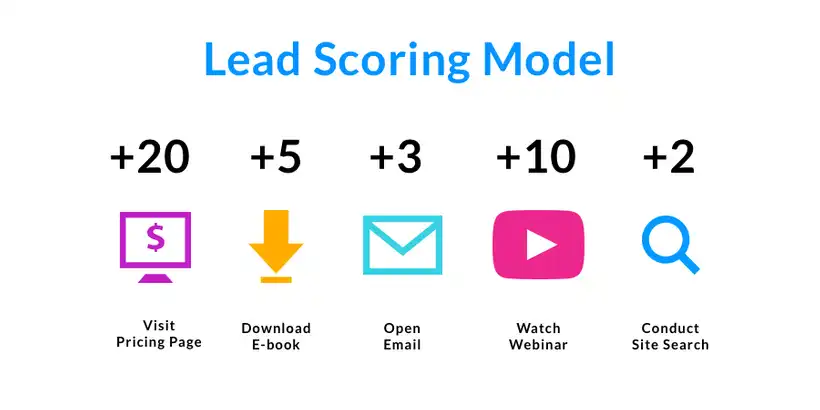
Lead scoring models predict sales readiness based on prospect behaviors and attributes. Incorporating real-time buyer intent data into scoring methodologies improves model accuracy and lead prioritization.
Intent Data Provides Crucial Behavioral Insights
Intent data tracks online prospect activities like page visits, content downloads, and searches. These behaviors provide insights into interests, preferences, and research stages. By factoring intent data into lead scoring, models account for crucial signals of engagement and intent.
Weights can be assigned to actions based on sales correlations. For example, visiting pricing pages may get a higher score than general product pages.
Identify and Measure Relevant Intent Signals
Marketers should determine which intent signals correspond to sales readiness. Useful metrics include content downloads, page depth, keyword searches, and competitor comparisons.
By setting thresholds for key activities, leads can be qualified into high, medium, and low intent levels. For instance, someone downloading multiple specific content pieces may be labeled high intent.
If you are the one who likes the no coding chatbot building process, then meet BotPenguin, the home of chatbot solutions. With all the heavy work of chatbot development already done for you, simply use its drag-and-drop feature to build an AI-powered chatbot for platforms like:
- WhatsApp Chatbot
- Facebook Chatbot
- Wordpress Chatbot
- Telegram Chatbot
- Website Chatbot
- Squarespace Chatbot
- Woocommerce Chatbot
- Instagram Chatbot
- MS-Teams Chatbot
- Shopify Chatbot
Prioritize Follow-Up Based on Intent Levels
Understanding intent levels enables proper lead prioritization. High intent leads are actively evaluating solutions so sales should follow up promptly. Medium intent leads require ongoing nurturing to move them closer to a decision.
Low-intent leads need time and further engagement before sales conversations. Ranking leads based on intent data allows optimizing sales resource allocation.
Personalizing Content with Intent Data
Intent data provides crucial insights to help personalize content and messaging based on demonstrated interests and preferences. This increases relevancy, engagement, and conversions.
Developing Targeted Content Aligned to Intent Signals
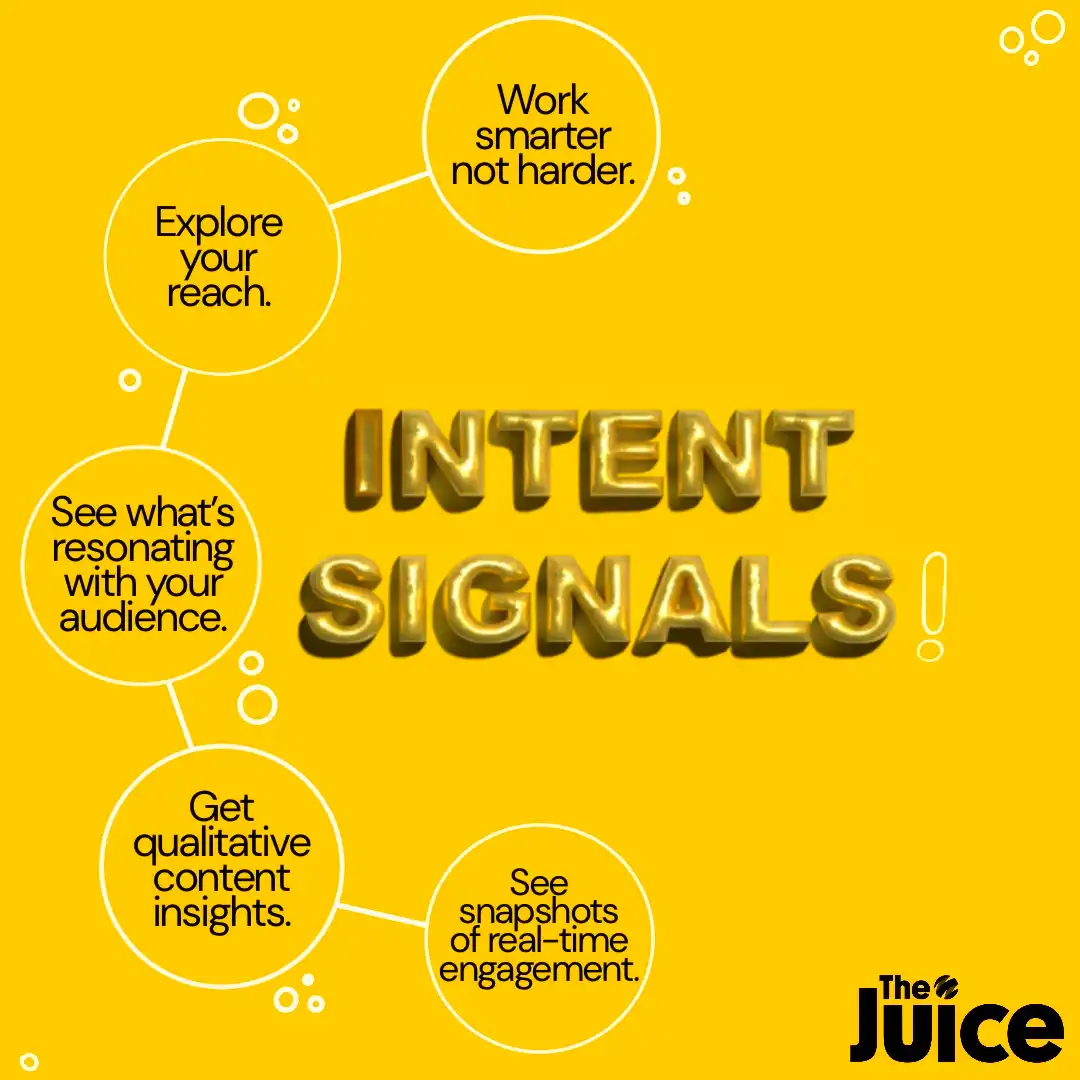
Analyzing intent signals like page visits, content downloads, and searches reveals prospect interests and pain points. Marketers can then develop highly targeted content that speaks directly to these intent signals.
For example, a series of blog posts could be created around a topic that prospects have been actively researching. Content aligned to intent establishes relevance and helps prospects feel understood.
Implementing Personalization Strategies Based on Intent Segments
Intent data enables segmenting prospects based on their distinct intent signals and behaviors. Customized content journeys can then be developed for each segment. For instance, prospects interested in specific product features can receive emails with related case studies and testimonials.
Website personalization can also deliver tailored content matching browsing behaviors. Personalized experiences specific to intent segments boost engagement.
Suggested Reading:
The complete guide to free lead generation tools for B2B and B2C!
Crafting Personalized Messaging Tailored to Individuals
Using intent signals allows crafting messages personalized to each prospect. Emails, social media, and chatbots can all reference intent data like recent downloads or page visits to demonstrate understanding.
For example, an email could mention a specific content asset the prospect interacted with and provide additional value building on that topic. Personalized messaging develops deeper connections with prospects.
Optimizing Marketing Campaigns with Intent Data
Intent data provides valuable insights into buyer behavior and interests. It enables marketers to optimize their marketing campaigns for better results.
Using intent data, marketers can target the right audience, align their messaging with buyer intent, and improve campaign performance through data-driven insights.
Segmenting Audiences Based on Intent Signals
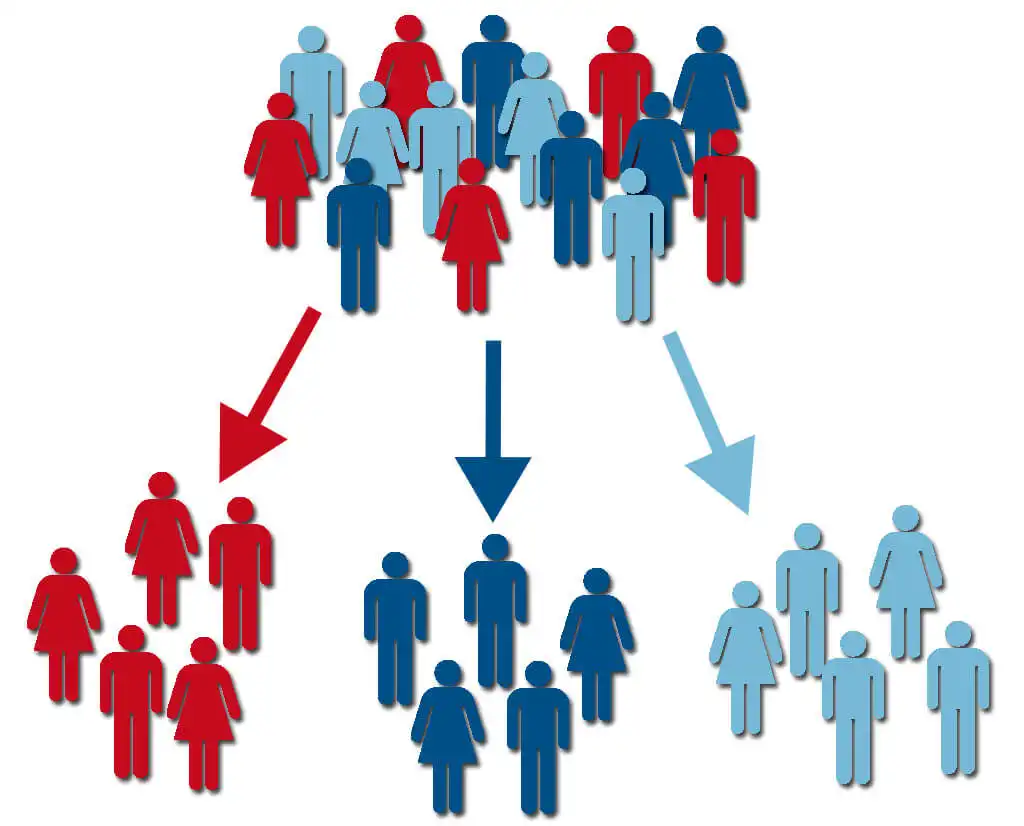
By analyzing intent signals like page visits and content downloads, audience segments can be created based on demonstrated interests and preferences. For instance, prospects repeatedly visiting pricing pages can be categorized as high-intent. Intent-based segments enable targeting only the most sales-ready individuals.
Tailoring Messages to Buyer Journey Stage
Understanding the buyer journey stage through intent analysis informs message development. Early-stage researchers need educational top-of-funnel content. However, prospects comparing solutions require targeted, product-focused messaging. Intent data ensures messaging matches the prospect’s current mindset.
Using Insights to Optimize Campaign Effectiveness
Intent metrics, such as content engagement and page depth, provide optimization insights. If particular content assets or channels consistently generate conversions, budgets can shift accordingly.
Underperforming elements can be reworked or paused. A/B testing different messages and offers is enabled by identifying what resonates based on intent data.
Conclusion
In conclusion, intent data holds immense promise for revolutionizing B2B marketing strategies.
With intent data, businesses can gain valuable insights into the needs, preferences, and behaviors of their target audience. This enables them to craft highly targeted and personalized marketing campaigns that resonate with potential customers
Moreover, leveraging intent data allows B2B marketers to prioritize their efforts more effectively. As it focuses on leads that are actively showing interest in their products or services. This not only increases the efficiency of marketing initiatives but also enhances the likelihood of conversion.
Furthermore, the ability to analyze intent data in real-time empowers marketers to adapt their strategies dynamically, responding promptly to changing market dynamics and consumer behavior. This agility is crucial in the fast-paced business landscape where staying ahead of the competition is paramount.
However, it's essential to approach the utilization of intent data ethically and responsibly. It needs ensuring compliance with data privacy regulations and respecting the boundaries of consumer consent.
As technology continues to evolve, the role of intent data in shaping marketing strategies will only become more significant. Thus making it a valuable asset for any B2B organization aiming for success
Frequently Asked Questions (FAQs)
How can intent data help B2B marketers identify high-potential leads?
Intent data provides insights into the behavior and activities of prospects, helping marketers identify those showing strong interest. By analyzing intent signals, such as website visits or content engagement, marketers can prioritize leads with higher potential and tailor their outreach accordingly.
What are the key sources of intent data for B2B marketing?
Key sources of buyer intent data for B2B marketing include website analytics, search engine data, social media interactions, and third-party intent data providers. These sources offer valuable information on prospect behavior, search queries, content consumption, and other intent signals.
How can B2B marketers leverage intent data to personalize their messaging?
By analyzing buyer intent data, B2B marketers can gain insights into the specific interests and pain points of prospects. This enables them to create more personalized and relevant messaging, addressing the specific needs of each individual or account, and increasing engagement and conversion rates.
What are the best practices for integrating intent data into B2B marketing campaigns?
To integrate intent data effectively, B2B marketers should define relevant intent signals for their target audience, integrate intent data with other data sources like CRM systems, and utilize automation and AI technologies for analyzing and acting upon intent data. Continuous optimization is also crucial for ongoing improvement.
How does intent data impact the ROI of B2B marketing efforts?
Buyer intent data helps B2B marketers improve campaign performance by targeting the right audience and personalizing messaging. This leads to more relevant engagement, higher conversion rates, and increased ROI by optimizing marketing resources and focusing efforts on prospects with higher intent and likelihood to convert.
What are the challenges involved in utilizing intent data in B2B marketing, and how can they be overcome?
Challenges in utilizing intent data include data quality and accuracy, data integration, privacy concerns, and aligning intent signals with sales processes. These challenges can be overcome by partnering with reliable data providers, implementing robust data integration strategies, complying with privacy regulations, and aligning with the sales team on data utilization and processes.



